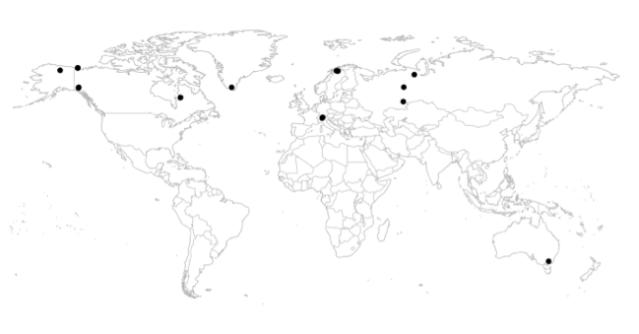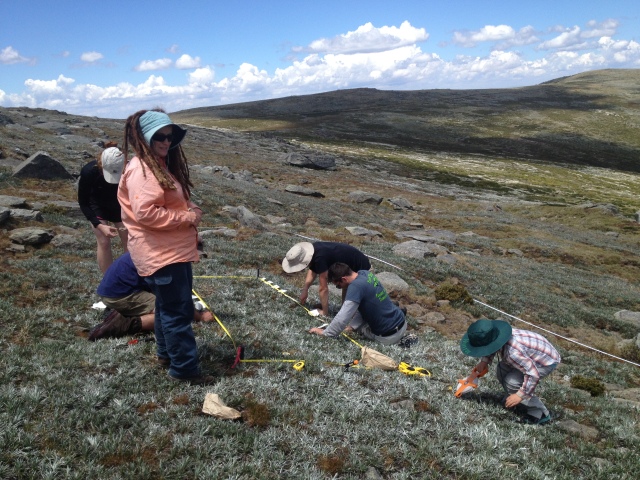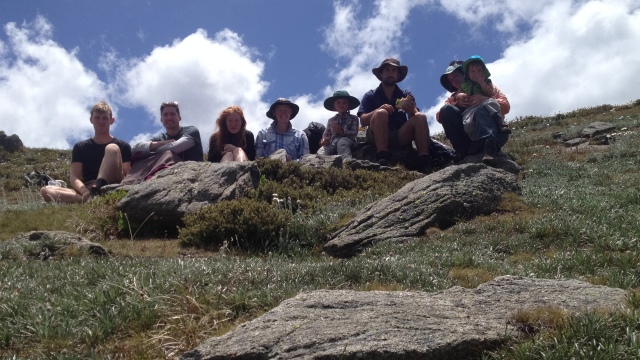This past summer season, the Australian Alps were used in the International Tundra Teabag Experiment – inspired by the ongoing research by the Tea Bag Index.
What do we do? We bury two types of tea (Green and Rooibos) at sites across the tundra biome – the cold environments found in the Arctic or the tops of mountains. After a few months we dig up the tea and look at how much it has decomposed. This helps us understand how rapidly it has broken down – and how fast the carbon and nutrients it contains move into the soils and air.
Normally when we look at decomposition we have to consider both what it is (how fast does it break down) and where it is (where does it break down fastest). But because all the tea we use is the same, we can be more confident that any differences are due to site conditions. This means we can look at how things like temperature, moisture and vegetation cover affect decomposition – which helps us make predictions about the future.
Why? The tundra biome covers a huge area of the earth’s surface, but it’s changing very quickly. This is mostly due to global warming – temperatures in the Arctic have increase by about 2℃ since the 1960s. As things heat up in the Northern Hemisphere, all the plant matter stored in cold and frozen soils will start to rot, releasing carbon to the atmosphere and speeding up global warming. This could cause a runaway positive feedback affecting the earth as a whole. The tundra tea bag experiment helps us understand if this will happen, and if so, how fast.

The International Tundra Teabag Experiment takes in six countries across the tundra biome
Haydn Thomas at the University of Edinburgh is compiling Tundra tea decomposition results from around the world. Similar experiments are also taking place elsewhere, spearheaded by the dECOlab in Urtrecht in the Netherlands (Tea Bag Index). Researchers aligned with the GLORIA summit monitoring protocol are also getting involved in burying tea bags on summits – with tea also decomposing on the Australian GLORIA summits in Kosciuszko National Park, to be recovered in December 2016.

Get down, get all dirty, you just gotta bend your knees…
In the Victorian Alps, we buried tea bags into a snowpatch plant community on the Bogong High Plains, specifically in early, mid and late snowmelt zones. With this approach, we will also be able to determine the role that differential snow-lie has on decomposition, and be able to determine how important snow is for such underground processes. Stay tuned for the post-winter results, when we will recover the remaining tea bags that will have been buried for 9 and 12 months.

The 2016 Aussie teabag team, including the Team Shrub member, Haydn Thomas (second from left), all the way from the UK
